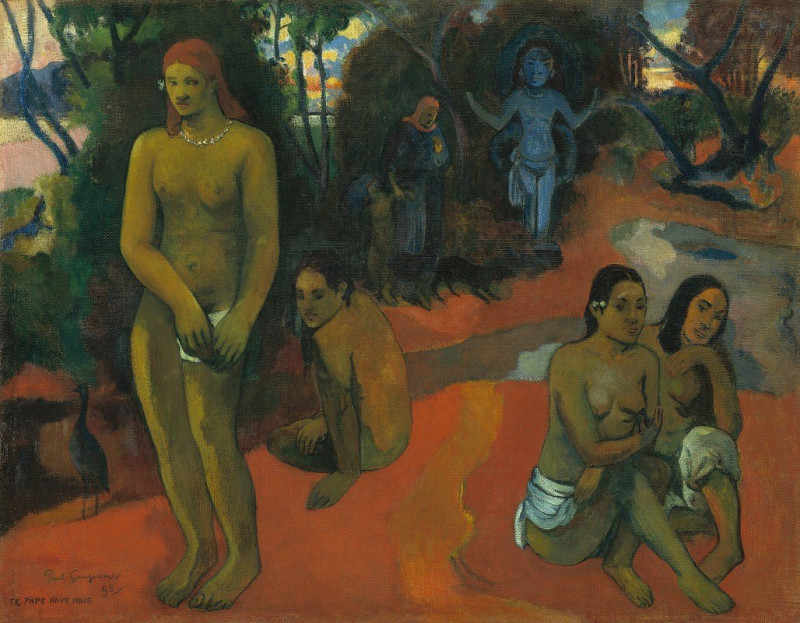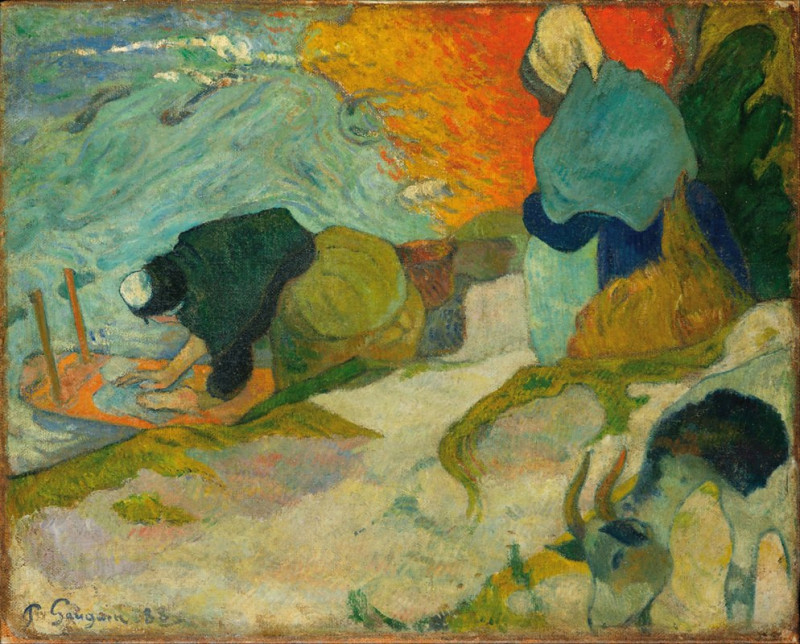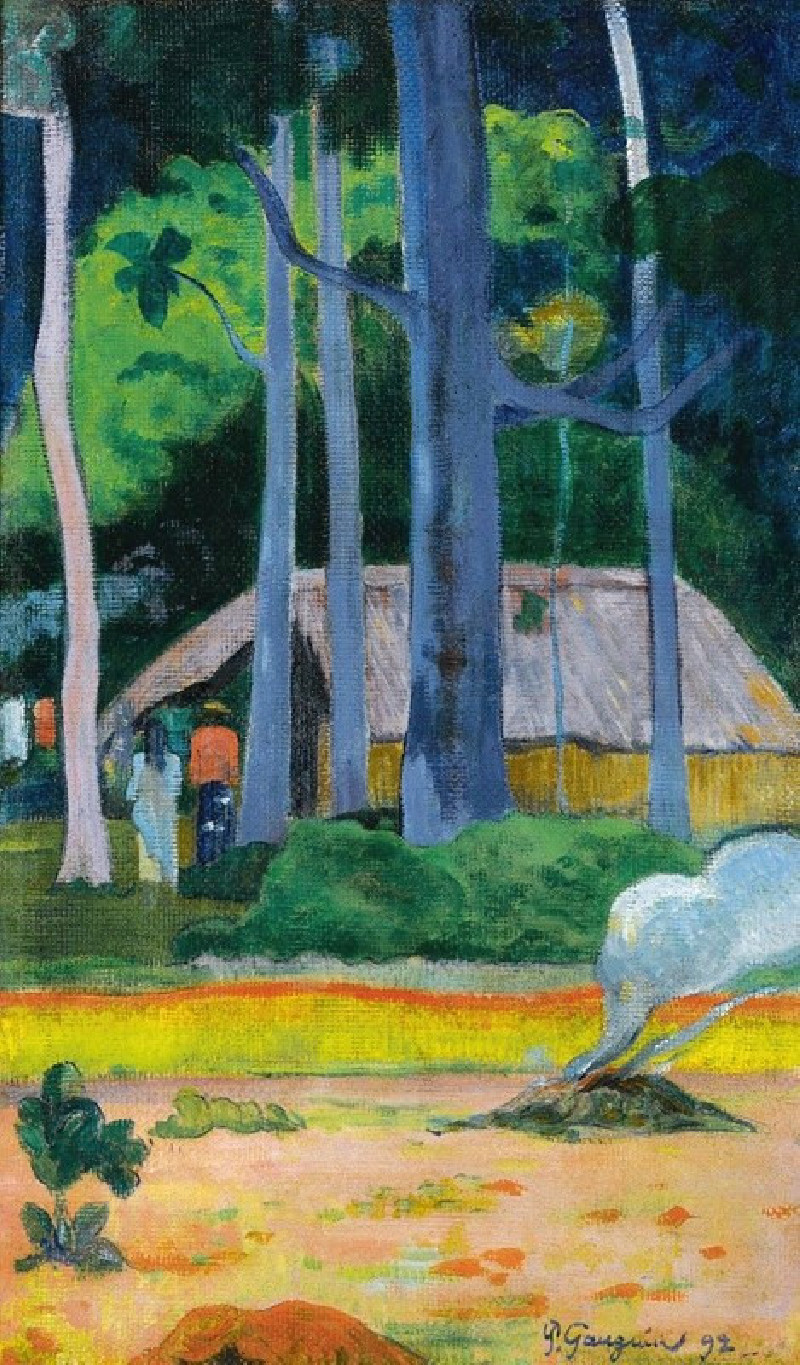Tête d’une Femme Tahitienne (circa 1895-1903)
Technique: Giclée quality print
Recommended by our customers
More about this artwork
In the intimate and evocative portrait titled "Tête d’une Femme Tahitienne," painted by the renowned French Post-Impressionist artist Paul Gauguin between 1895 and 1903, we are invited to experience the serene beauty and enigmatic expression of a Tahitian woman. The artwork showcases Gauguin’s distinctive style that blends bold contours with a subtle, almost monochromatic color palette, emphasizing a deep connection to the spiritual and emotional life of his subjects.The woman’s face is gently rendered, with soft features that exude a sense of calmness and contemplation. The delicate lines and the slight tilt of the head contribute to the overall tranquility and introspective mood of the piece. Gauguin's use of muted yellows and defined yet delicate black strokes highlights the structure of her face while lending a textual softness that borders the ethereal.This drawing not only reflects Gauguin’s fascination with Tahitian culture and people but also illustrates his mastery in portraying the unique individuality of each of his subjects. "Tête d’une Femme Tahitienne" is more than a portrait; it is a poetic representation of cultural identity and personal dignity, inviting viewers to delve deeper into the soul of a place and its people through the artist’s eyes.
Delivery
Returns
Eugène Henri Paul Gauguin was a French Post-Impressionist artist. Unappreciated until after his death, Gauguin is now recognized for his experimental use of color and Synthetist style that were distinct from Impressionism. Toward the end of his life, he spent ten years in French Polynesia. The paintings from this time depict people or landscapes from that region.















































